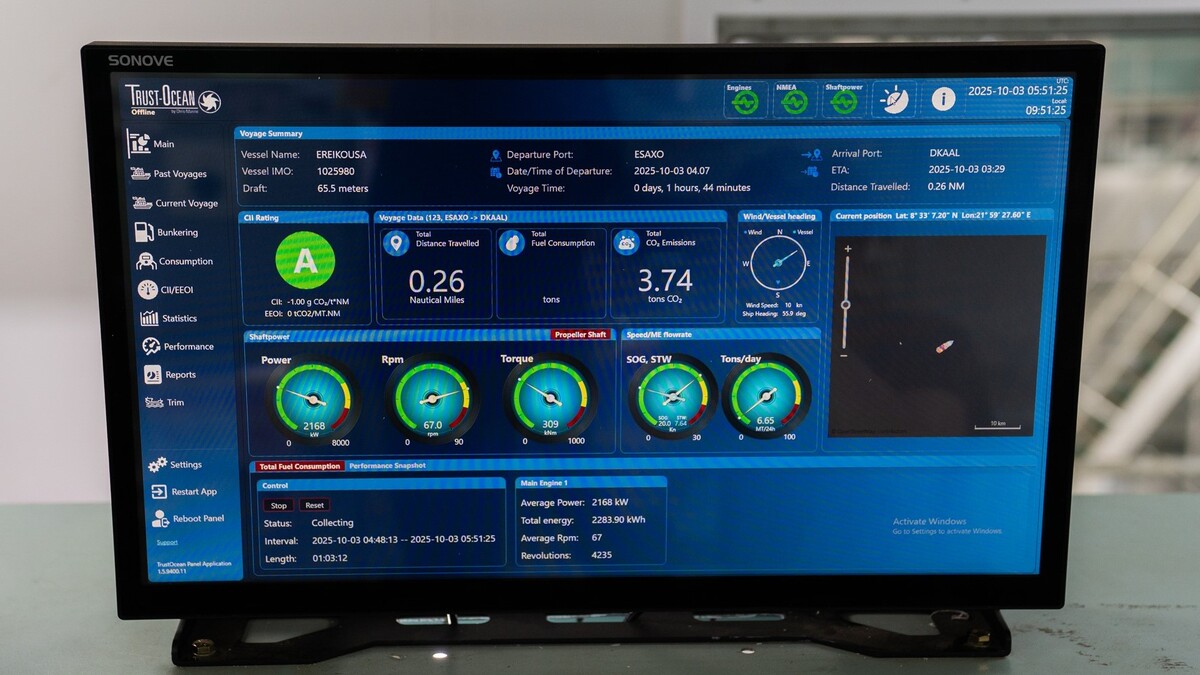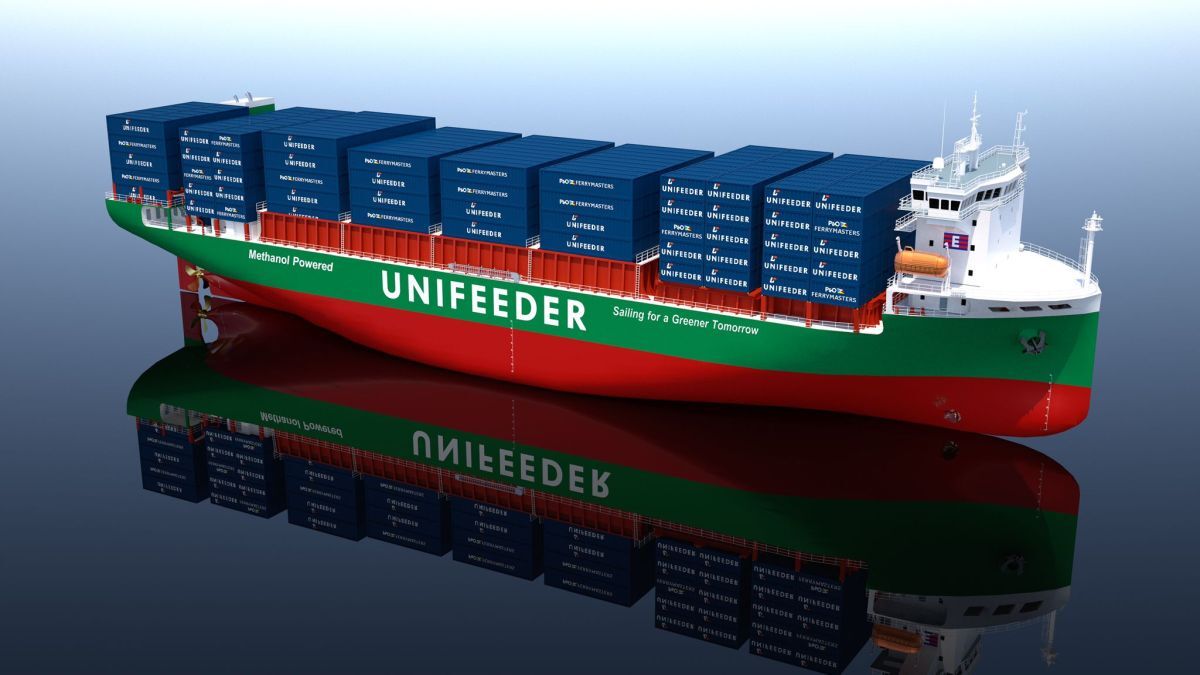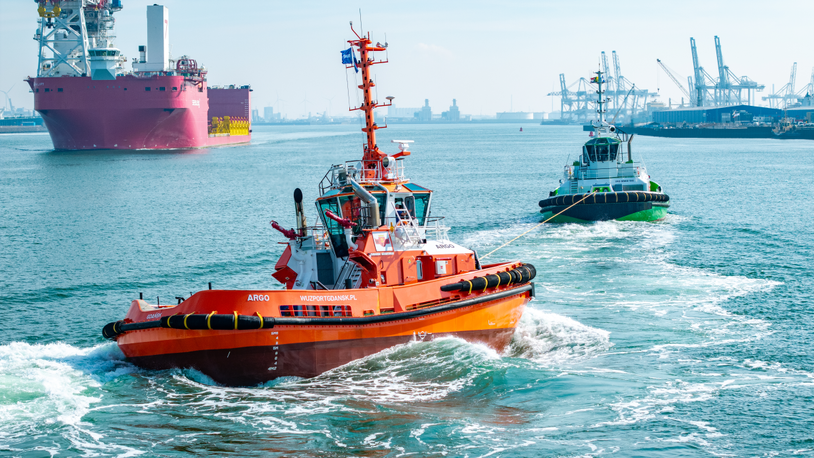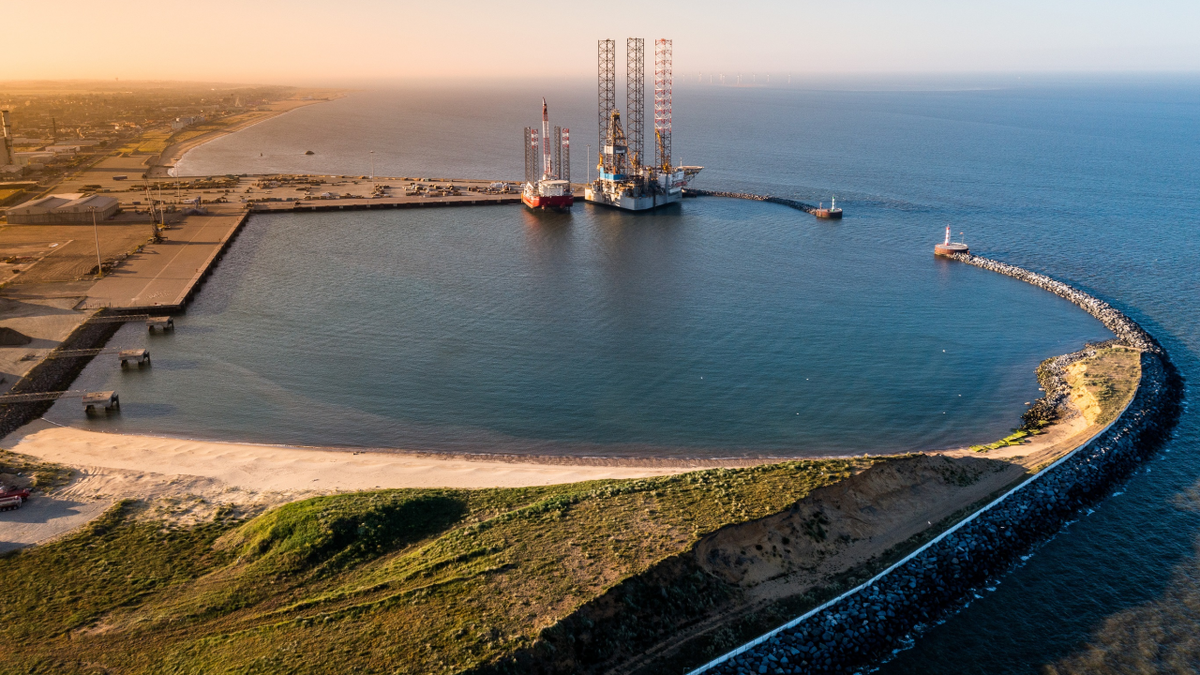Business Sectors
Events
Ship Recycling Webinar Week
Contents
Register to read more articles.
Report highlights need for port infrastructure investment in developing countries
MTBS report commissioned by IAPH highlights significant investments in port infrastructure are needed in developing countries to ensure a fair and equitable energy transition
As discussions on a mid-term market-based measure continue at this week’s intersessional meeting of the IMO Working Group on Reduction of GHG Emissions from Ships (ISWG-GHG 17), a document has been submitted by IAPH to IMO presenting the findings of a study it commissioned from Maritime & Transport Business Solutions (MTBS) on the port climate adaptation and decarbonisation investment needs of developing nations.
The study explored the current state of port adaptation and decarbonisation infrastructure in developing nations, with case studies from Brazil, India, Indonesia, Kenya and the Solomon Islands, and identified the investments needed to ensure a fair and equitable transition.
In summary, the report reached the following conclusions: port infrastructure financing is already challenging today, with most bankable projects requiring a combination of a positive socio-economic impact for the region as well as a bankable business case.
Green energy from solar and wind will provide several developing nations with a new opportunity to produce, use, and/or export green energy to high energy demanding nations. Green hydrogen generated from renewable energy is earmarked as a base energy source to replace fossil fuel dependency.
The sector must reach consensus regarding the regulatory framework and greenhouse gas (GHG) mitigation measures of the future as soon as possible to avoid risk aversion to investing in technology which may not become widely adopted.
Finally, any share of funds generated from a market-based measure will require decisions based on: level of dissemination (country, port, project); a sound methodology for gauging viable investments with a minimum of climate change vulnerability; a region’s dependency on maritime transport; cargo value and type (economic benefit of increased investments); increase of transport costs due to the charging scheme; food security; adaptation relative to required mitigation investments; cost-effectiveness (such as adapting to rebuild); and the overall related socio-economic impact and development.
The examples in the study demonstrate investments in port adaptation and decarbonisation infrastructure vary widely depending on port size, location, existing infrastructure, activities, and prior adaptation and mitigation plans. That said, based on estimations, it is predicted the aggregate total investment needs for ports in developing nations lies between US$55 and US$83Trn.
IAPH managing director Patrick Verhoeven commented, “As was mentioned in our submission of this report from MTBS, tackling climate change in the maritime industry means adopting both adaptation and mitigation measures in ports. Adaptation is focused on keeping the ports trading and making sure they are protected against the onslaught of extreme weather disruptions. Mitigation entails investing in infrastructure improvements to reach net-zero GHG emissions as soon as possible. Only through a combination of both actions can ports build resilience and secure their future.”
With the current proposals for mid and long-term measures on the table at this week’s ISWG-GHG 17 meeting, IAPH remains neutral as to the choice of instrument. However, it is supportive of a carbon-pricing mechanism that will provide a strong incentive to invest in the necessary port infrastructure to enable both the commercial viability of low- and zero-carbon fuels and to support a just and equitable transition.
Mr Verhoeven concluded, “The risk of a market-based measure increasing transport costs, which places added pressure on countries with lower efficiency infrastructure and less connectivity to the global trade network, could be offset by the potential revenues allocated to them for port-related adaptation and mitigation measures to kick-start the energy transition. Never has the need been greater from shipping and ports to unify with the energy sector to motivate sovereign funds to provide the necessary stimulus to off-takers. They, in turn, will attract the private investment partners necessary to reach final investment decisions for energy transition infrastructure in and around ports.”
Sign up for Riviera’s series of technical and operational webinars and conferences:
- Register to attend by visiting our events page.
- Watch recordings from all of our webinars in the webinar library.
Related to this Story
Events
Ship Recycling Webinar Week
International Bulk Shipping Conference 2025
Tankers 2030 Conference
Maritime Navigation Innovation Webinar Week
© 2024 Riviera Maritime Media Ltd.














